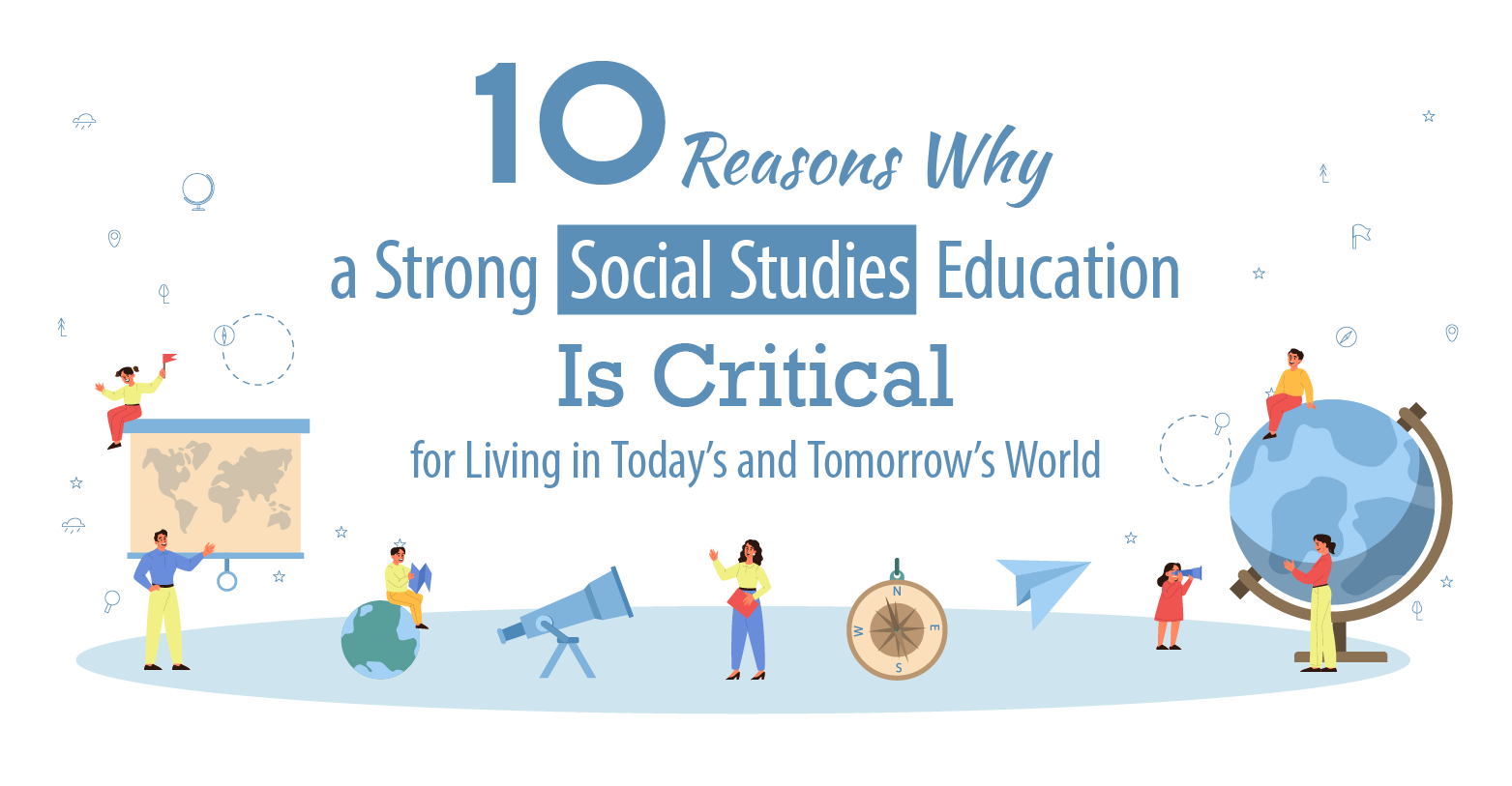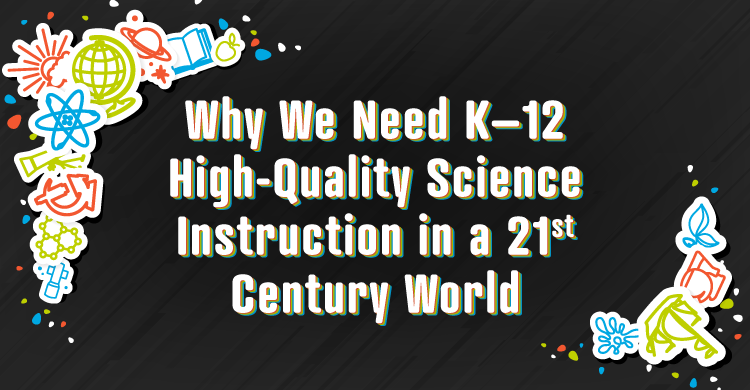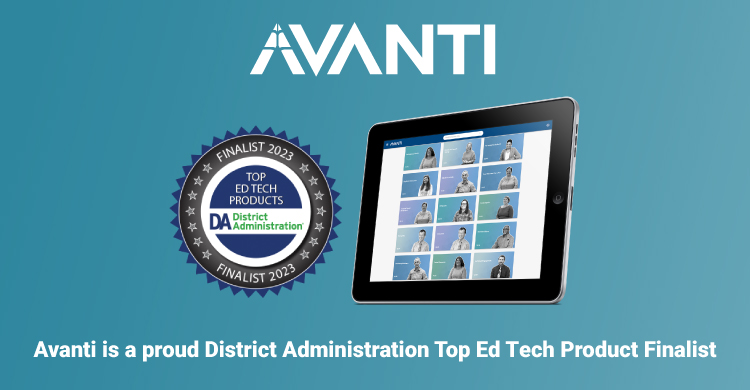Driving Question: How are critical thinking skills best advanced in PBL?
I was nine when my dad first let me mow the lawn. He had an ancient, smoky 18” gas mower and we had a half-acre field of weeds for a lawn. After he started the engine, he motioned me to take over. Off I rattled.
After my first five minutes, he stopped my meanderings. “Do you know what a straight line is?” he asked. “Did you not ever see a lawn cut in two or more straight lines?”
He wasn’t happy. My cuts wandered all over, leaving patches of uncut weeds scattered here and there. Skill level for cutting the lawn? A big round zero. Zilch.
My dad learned from that experience, and so did I. First, he explained to me what he expected “like in Madeline, two straight lines up and down, side by side, not between spaces.” Then he demonstrated what he wanted. I watched as he chugged the mower up and down in two passes, straight as an arrow, before he handed the mower back.
“What do you see,” he asked.
“Straight lines up and down, all touching.”
He smiled. I took off with the mower. After three passes, he asked me again. “What do you see?”
“Straight lines, up and down, all touching.”
He smiled again. “Good. Now you’ve got it. Keep up the good work.’
My dad was a dentist, not a teacher. He seemed to know instinctively that by just handing me the mower I wasn’t going to learn much and it would be quite a while before my lawn was presentable. He had never been a believer of throwing his children into the deep end and saying “swim” with crossed fingers.
When it comes time to introducing 21st century thinking skills in PBL’s or anywhere else for that matter, It baffles me when I hear advocacy for the “swim or skin” method. Critical thinking in its many different forms is tougher to learn than making straight line cuts with a lawn mower. I would say the same about all of the 4Cs, especially when making transfer of complex ideas. Critical thinking is a higher order challenge.
Critical thinking opportunities saturate the school curriculum. From our earliest pre-school days when we have to sequence numbers and letters to our college days when we are analyzing major literary works, comparing historic events, or solving calculus problems, we are required to think critically. How well we do such critical thinking as sequencing, analyzing, differentiating, distinguishing, estimating, making generalizations or drawing conclusions depend on how well our teachers readied us for each of those competencies.
More than anytime in human history, proficiency in thinking critically in any area of the curriculum is an essential real life preparation skill. More and more, workplace jobs necessitate a high degree of competence in thinking critically. Likewise, there is less and less time for most of us to figure it out on our own. If my dentist dad could figure that out, why can’t the educators whom I hear relying on swim or sink as their preferred practice with “I have all this content to cover. I don’t have time for thinking” or “I give them rigorous tasks and problems to do. That helps them learn how to think.”
Mediating Critical Thinking
Students who have teachers prepared to take the time and intentionally mediate the development of critical thinking give students a distinct advantage over those who are left to their own devices. Teachers who mediate thinking are those that rely on evidence-based practices to speed students learning how to think more critically and how to transfer their more proficient thinking skills into increasingly complex content. Although each discipline has its own variations of each critical thinking skill, the entrance to thinking well in that discipline is keyed by a teacher purposefully developing that disciplines basic cognitive processes .
There are four highly effective practices that teachers can call on to mediate critical thinking. Any can stand alone, but for best results, proficient teachers will weave all four through a PBL unit.
- Asking Questions. Proficient teachers regularly ask probing questions that challenge students to think about the content in a course. The standards call for students to give evidence in support of a point they are making. “Why do you think that?” “What’s your proof?” “What is your evidence to support that claim?” The proficient mediator goes a step further and draws the student into metacognition: thinking about the specific critical thinking skill so that the student develops the tools to transfer—the skills to swim—the fine points of the critical thinking process. “Tell me how you go about proving a point?” “What is most important in the thinking you are doing to gather that evidence?
- Graphic Organizers. On the surface, graphic organizers, classified as “non–representational strategies in the high-effects research” (Marzano Lab, 2015), are fun and engaging tools that help with reading comprehension, writing and speaking. For deeper learning, they are much more. Each organizer is a visual representation of a thinking process.
- Think about the Venn as a critical thinking tool to enable comparing and contrasting.
- Think of the Matrix as a tool to deepen differentiating and distinguishing.
- Think about the Fishbone as a tool to advance cause and effect analysis. (Bellanca and Fogarty, 1991)
- Formative Feedback. Currently, 90% of formative assessments give feedback on content and basic skills mastery. Most formats are mini-versions of summative assessments. Theoretically, they provide advance warning about student progress. In a PBL, teachers have the opportunity to create opportunities for students to hear constructive feedback about targeted critical thinking skills. When the teacher identifies students critical thinking proficiency during the PBL’s entry activity or relies on a standard to name the targeted thinking skill, she sets up the opportunity for students to receive targeted feedback in guiding assessments.
- Guiding Assessments. Guiding assessments may be the single most powerful instructional tool that a proficient teacher will have in her toolkit for advancing students’ achievement. These assessments are easy to use and take little time. The six-part formula is simple: Diagnose, Plan, Share, Review, Adjust, Reflect.Think about the Venn as a visual critical thinking tool to enable comparing and contrasting:
- Diagnose: What do student’s know about the targeted critically thinking skill and what is their level of proficiency?
- Plan: Develop a plan within the PBL to advance students’ proficiency.
- Share: Introduce students to the skill with a rubric that will guide multi-faced assessments
- Review: At key times in the PBL, stop for assessments. Mix self, peer and teacher assessments with the rubric.
- Adjust: Allow each student to adjust with a personalized plan for improvement.
- Reflect: At the end of the PBL, guide a final assessment of the focus critical thinking skill with feedback from peers and teacher. Include the rubric in the student’s PBL portfolio.
Critical Thinking in Project-Based Learning
There are many models of Project-Based Learning. When they use a model that simply assumes students will become more skillful critical thinkers just because well-designed PBLs demand that students plan, analyze, research, compare and contrast, make connections and use many other critical thinking skills. Such assumptions short-change students opportunity to become more effective critical thinkers and don’t cut the mustard for highly proficient teaching and learning. Here’s why.
- These assumptions are following the “go cut the lawn, swim or sink” approach which may or may not end in a well cut lawn and may or may not lead to future well cut lawns. There is a higher chance for “may not”. More often than not, this random method ends with those students who brought sharp skills to the table learning from their experience while many other students muddle on, flying blindly with a “wing and a prayer”.
- 21st Century learning is not just about content and test scores. It is about intentional development of all students’ ability to find the deepest possible meaning from a PBL unit. Evidence shows that this requires teachers to give equal weight to instruction that fits the students’ need to know how to do critical thinking (as well as the other Cs) well. The more challenging the critical thinking skill, the more students will benefit from this purposeful mediation.
Armed with little more than the four evidence-based strategies described above, teachers will find any PBL unit open to inclusion of critical thinking skills throughout the project. When they include this explicit instruction in a PBL unit, teachers will discover not only have they called on the strongest strategies for promoting student achievement of standards-aligned content, they will also note that they are helping students develop and transfer standards-aligned critical thinking skills to that content for deeper learning outcomes. It is this deeper learning that marks the exemplary PBL unit.
What will this look and sound like? Lets consider a simple PBL literature unit. The unit will be designed to advance 7th graders ability to “determine a theme or central idea of a text and analyze its development over the course of the text”. (This standard is a common rendition in most state or national career and college language arts frameworks.)
- First, notice the critical thinking verbs “determine” and “analyze”. A KWL entry activity will quickly ascertain what the students understand about these words. What are they expected to do?
- Second, with the data from the KWL, choose whether a “need to know lab” for select students will suffice or whether all students will benefit from explicit help with these two key critical thinking commands.
- Third, design a demonstration that encourages students to ask about what “the how” behind each word looks or sounds like. Make a rubric that reflects the looks and sounds and review it with the students. Make this a guiding rubric that allows students to reinforce the critical elements that make up each skill and to assess their progress in using these elements at appropriate phases of the PBL.
- Fourth, by the PBL’s end, they should be ready to reflect on what they have learned about each of these focus skills and their transfer into future language arts units or books they read just for fun.
“Just thinking” in a PBL doesn’t ensure that students will grow in how well they use any critical thinking skill. That growth is strongest and most ensured when the teacher intentionally mediates the critical thinking skills development in the context of a PBL with a plan, guided thinking practice, and assessment. (Hattie, 2010)
Resources:
Bellanca, J. & Fogarty, R. (1991) Blueprints for Thinking in the Cooperative Classroom, Arlington Heights, Il. Skylight Publishing
Bellanca, J. (2010) Enriched Learning Projects, Bloomington, Solution Tree Press.
Bellanca, J., Fogarty, R., Pete, B. (2014) How to Teach Thinking Skills within the Common Core, Bloomington, Solution Tree Press.
Bellanca, J. ed. (2015) Deeper Learning: Beyond 21st Century Skills. Bloomington, Solution Tree Press.
Bellanca, J. ed. (2014) Critical Thinking, P21Blogazine, DC, Partnership for 21st Century Learning. Volume 1, Issues 5 and 6.
[author_bio id=”145″]






